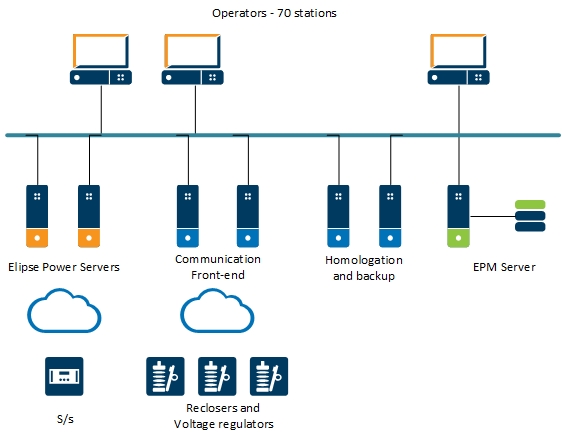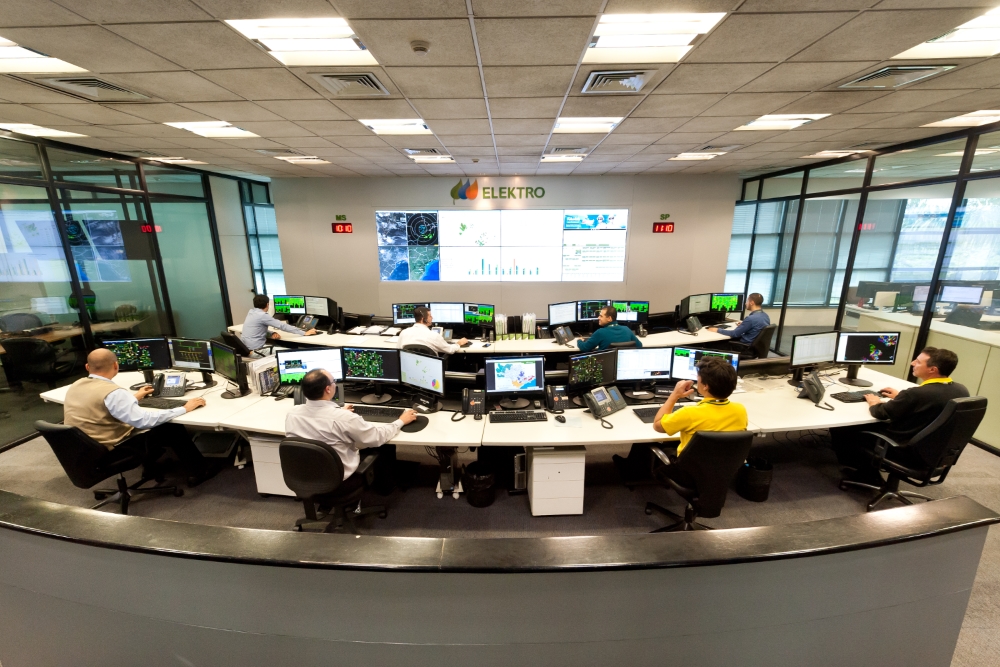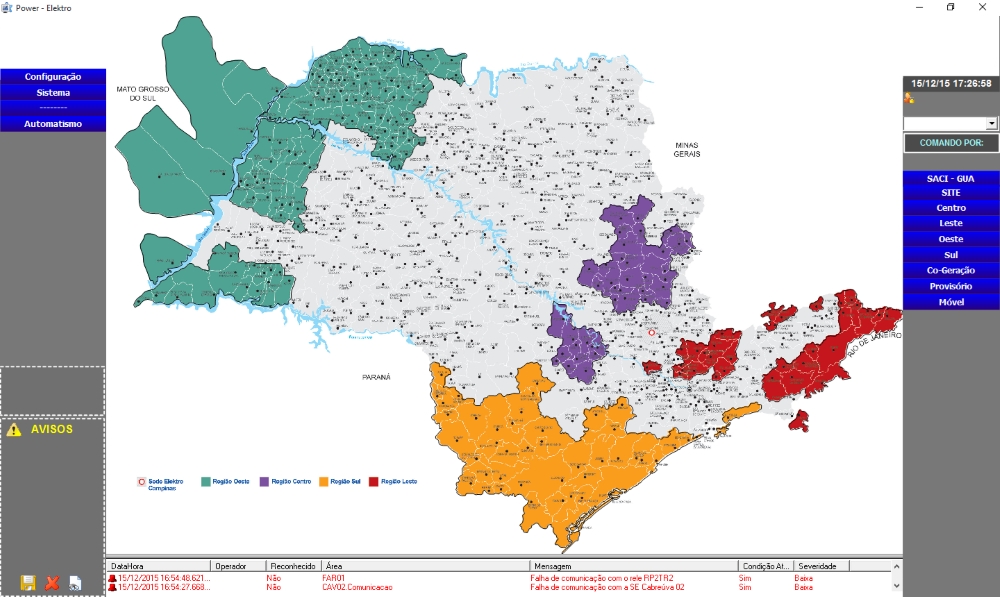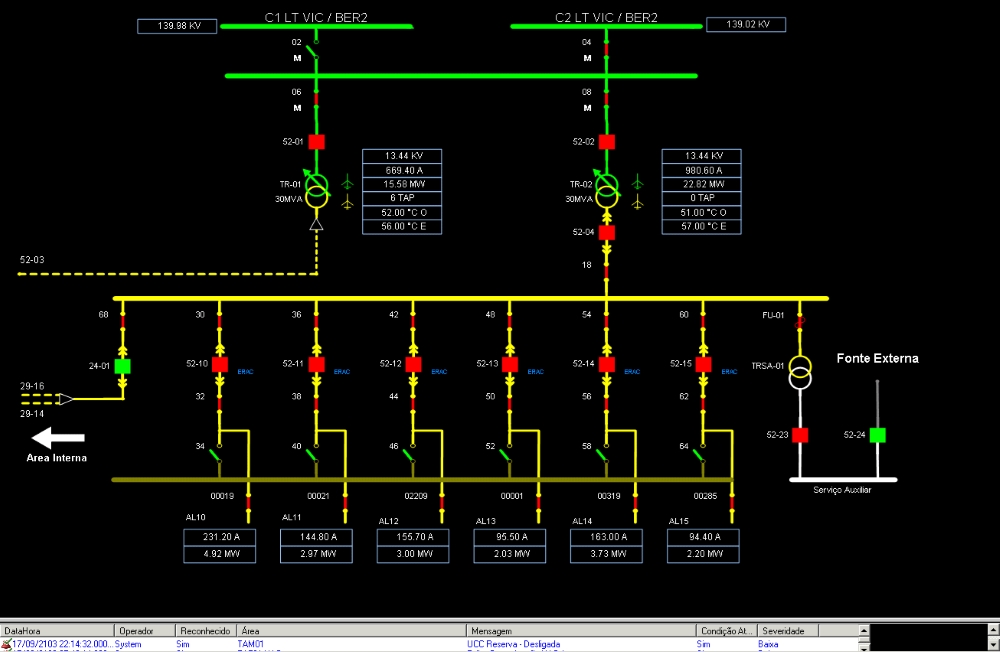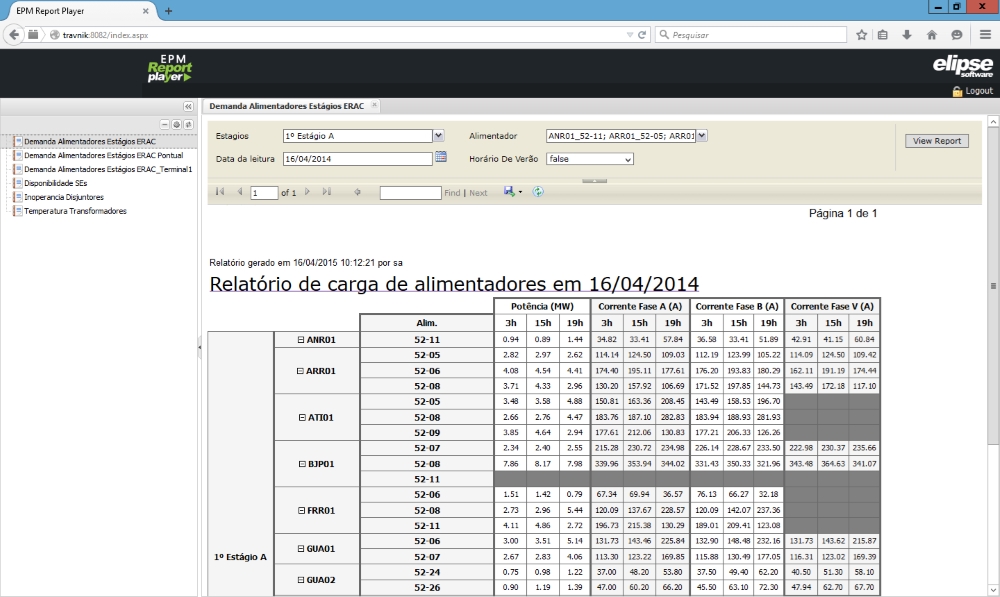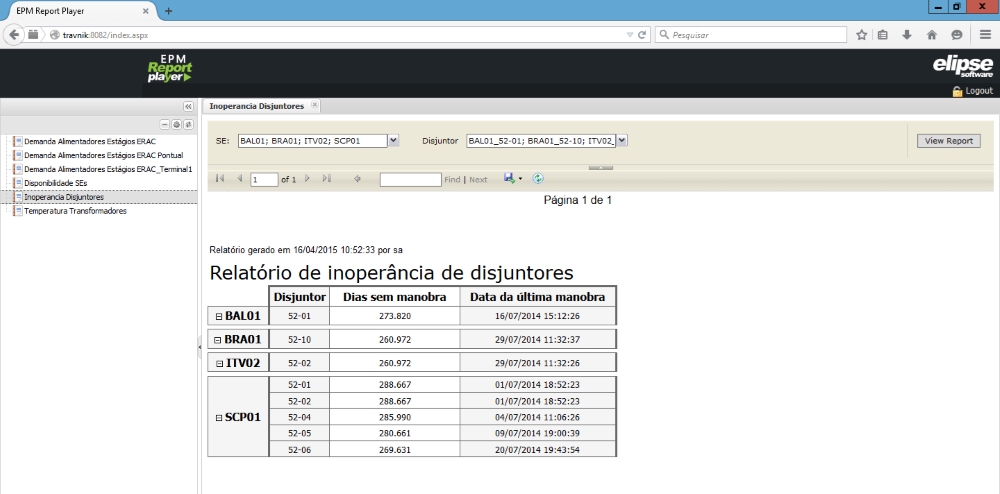Faster operational at Elektro’s DOC with Elipse solutions
Elipse Power and Elipse Plant Manager are instrumental in helping one of the largest electricity distribution companies in Brazil meet São Paulo’s 6-million-customer more quickly, safely, and cost-effectively

Background
Headquartered in Campinas, São Paulo state, Elektro is regarded as one of Brazil’s largest electricity distribution company, with over 6 million customers spread across two states (223 municipalities in São Paulo and five in Mato Grosso do Sul). Permanently focused on providing safe, high-quality energy, the company has employed Elipse Software solutions since the early 1990s.
The migration process from Elipse E3 to Elipse Power has modernized Elektro’s automated distribution and transmission systems, which allowed the company to develop the application’s electrical modeling and to standardize its data structure. This has improved operational security and facilitated system maintenance, enabling the addition of intelligence modules and OTS (Operator Training System), as well as the integration to Indra’s inGRID system (GIS/OMS).
Solution
Elektro’s automation system comprises six servers altogether. The first one is a front-end server communicating with substations and Elipse Power application, with one backup server. The second one is connected to reclosers. The third one is connected to regulators and switch detectors, and backs up network devices.
The fourth one is a homologation server. The fifth one is a development server. The sixth and last server communicates with Elipse Plant Manager and stores data in the long run, which can be analyzed by generating indicators and reports from all areas in the company.
Operation and Maintenance
At the company’s DOC (Distribution Operational Center), 62 operators can command and supervise remotely 266 substations, distribution devices, and the sub-transmission system (Elektro’s Integrated Transmission System – EITS). Communication between DOC and the devices is via satellite and GPRS, most of them via DNP 3.0 protocol. This data is also available for the Electrical System National Operator (ESNO) via ICCP protocol.
Elektro’s distribution network can be fully operated and supervised via customized screens. Each substation or field device is attributed to an operation station, and each station operates or handles the alarms and events related to its substation/device set. This attribution process is dynamic, and can change according to the number of active operators in the system or in a contingency situation.
The software works in Domains, which include multiple databases settings (projects) to be executed in the server, all in a single environment. Several projects can be executed in the same domain; projects can also be added, removed, or edited at run time without impairing their domain.
For Elektro, this means each substation stands as an independent project both in the local operational station (in contingency cases) and in the control center. Therefore, engineering and commissioning time is saved: unlike other SCADA systems, the task is executed only once for both systems.
Information Management Platform
In order to concentrate, standardize, and better manage the diverse amount of data gathered by its energy distribution network, Elektro has opted for adding Elipse Software’s real-time information management platform to its solution. Elipse Plant Manager allows maintenance, pre-operation, operation, and post-operation teams to monitor, evaluate, and manage, quickly and within context, the distribution process and the automation system’s conditions via performance information analyses.
For example, with EPM’s screens and reports, operators can analyze the feeders’ load at any specific points in time, therefore enabling them to spot eventual overload threats. Once aware of this information, they can move
loads between feeders in order to distribute them more evenly on the network.
The platform also allows operators to monitor how long the network’s switchers have been inactive to determine which ones require being sent to maintenance. As a result, EPM is the right system for giving users from all levels of the process (operational, maintenance, management, and supervision) complete access to its historic data.
Benefits
According to Norberto Vieira, the responsible for this system at Elektro, the company’s DOC has profited greatly at an operational level from Elipse Power’s open, highly expandable platform, which allows easily implementing new features to it as needed. Vieira has praised these aspects of the software, citing them as instrumental in structuring EPM and, with it, being able to develop reports that expedite their decision-making process. Other important benefits brought to Elektro by Elipse Software’s solutions are:
- Costs are saved in Elipse Power’s commissioning;
- Less personnel is required for maintaining and expanding the system;
- Elipse solutions can communicate broadly and easily to other devices;
- Remote control of the whole distribution network;
- Low maintenance;
- Safer operations;
- Standardization of measurements and commands;
- Past data is fully concentrated in a standardized way;
- A single solution is required for collecting and managing data from the complete distribution network;
- Cross-referenced information for further analysis.
Datasheet
Client: Elektro
Software: Elipse Power and Elipse Plant Manager
Platform: Windows Server 2012 R2 64 bits
Number of Copies: 6 Elipse Power and 1 Elipse Plant Manager
I/O Points: 468,006
I/O Drivers: Over 4,000 (DNP 3.0, ICCP, and IEC 61850)
